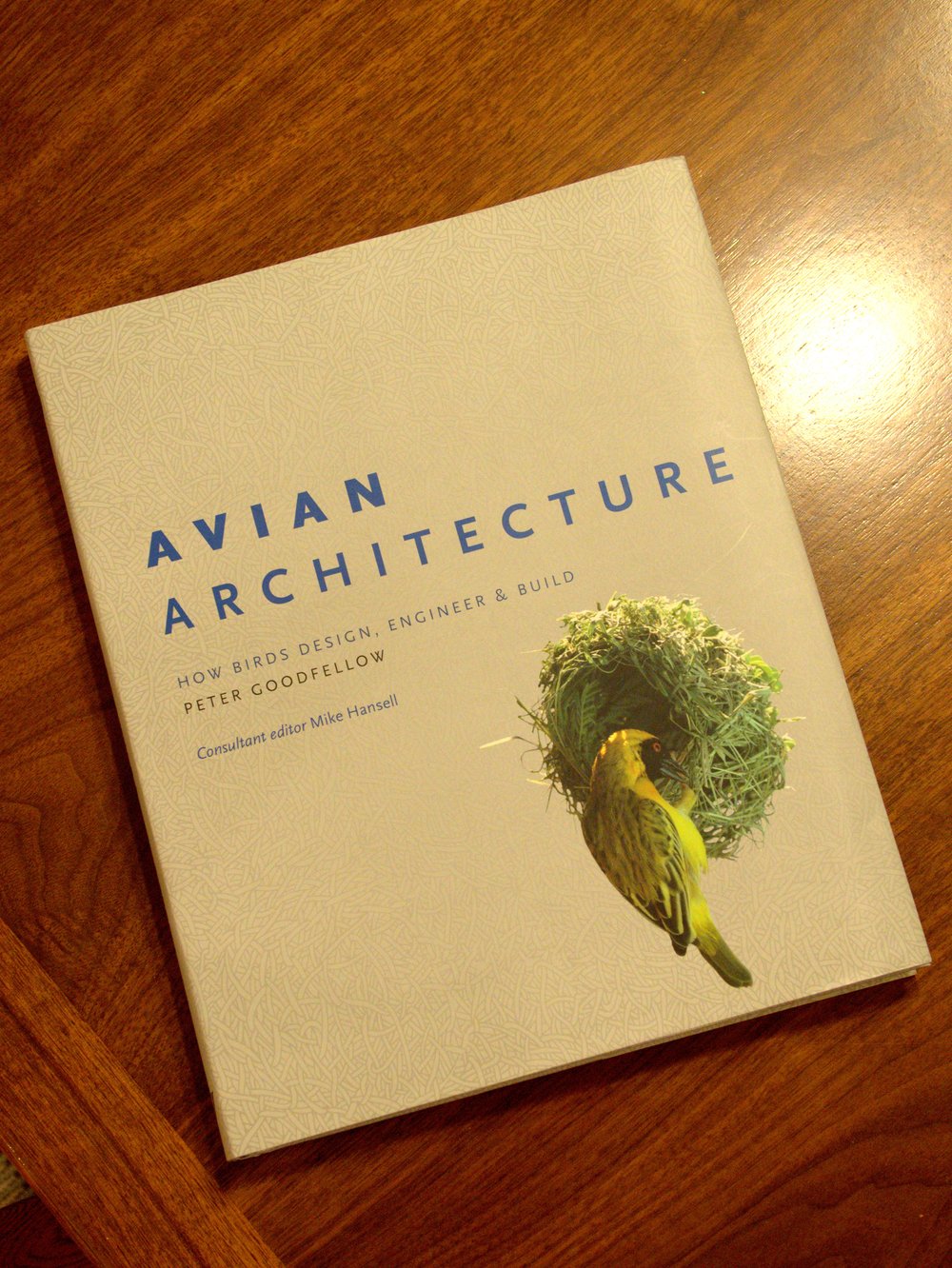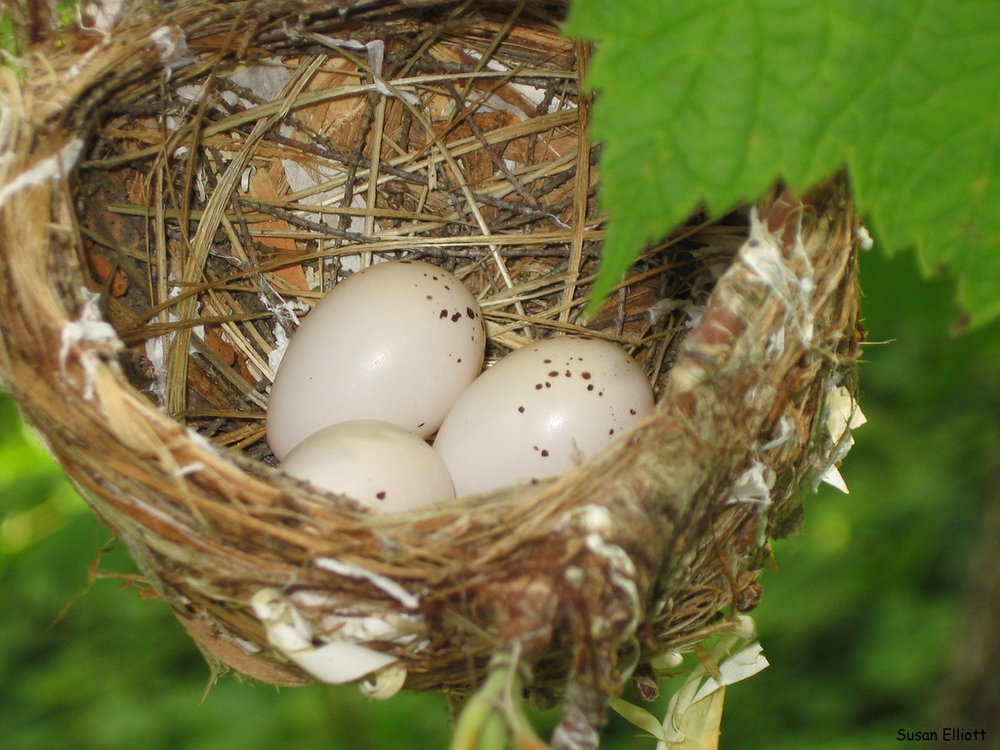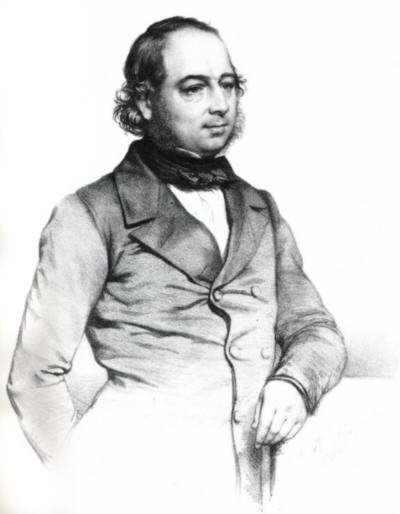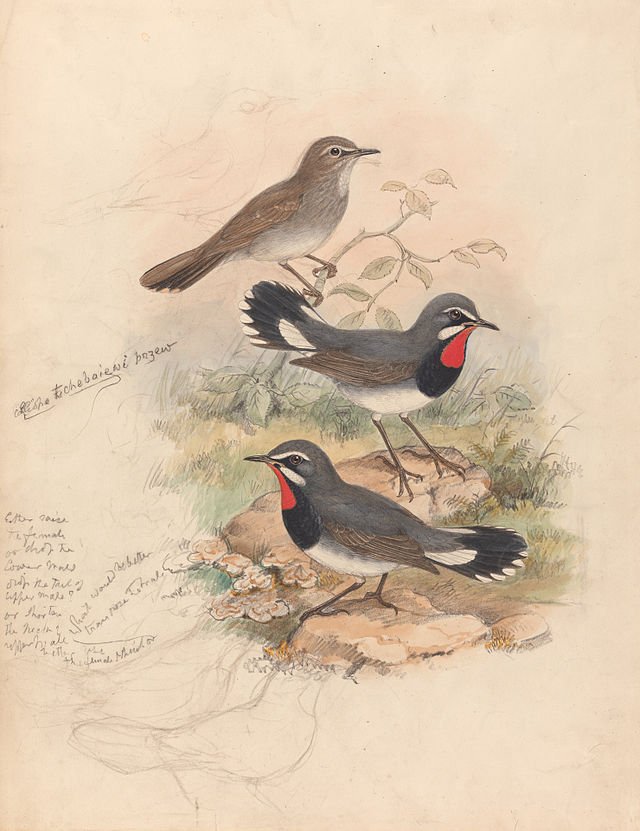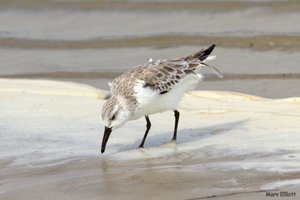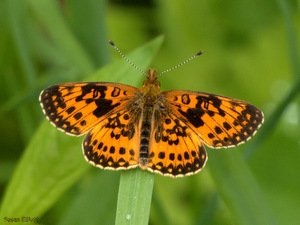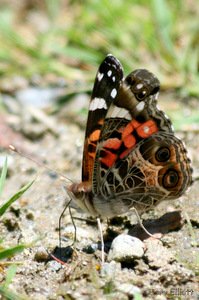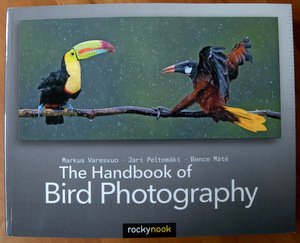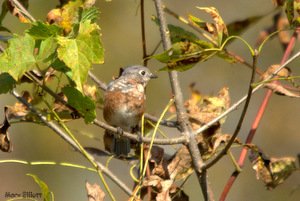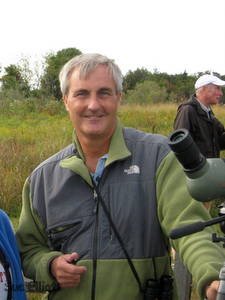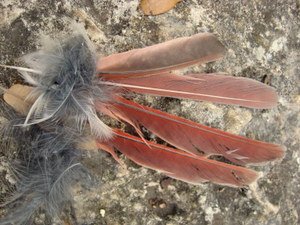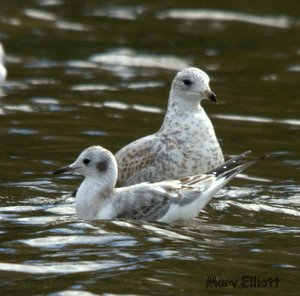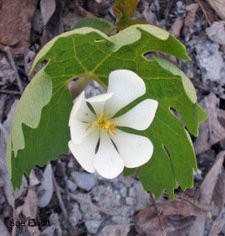Here, reproduced entirely, in The Family of Hummingbirds by Joel and Laura Oppenheimer, are the 418 magnificently detailed hand-colored lithographs of hummingbirds by John Gould (1804-81), the “British Audubon.”
 White-throated Mountain GemIn the opening essay, co-author Laura Oppenheimer tells the story of Gould’s nearly predestined career, beginning as an apprentice to his father, horticulturist at Windsor Castle. While cultivating diligent and observant gardening skills, he found a secondary interest in ornithology and taxidermy, largely self-taught. In London, he set up shop as a successful taxidermist in a Victorian Age obsessed with the strange wonders of the natural world sent back to England by intrepid explorers. Elizabeth Coxen, formally trained in drawing and painting, became his wife (she later executed many of his prints). His knowledge was recognized by his appoint as superintendent of the ornithological department of the Zoological Society Museum, which provide him with a network of learned, wealthy gentlemen naturalists.
White-throated Mountain GemIn the opening essay, co-author Laura Oppenheimer tells the story of Gould’s nearly predestined career, beginning as an apprentice to his father, horticulturist at Windsor Castle. While cultivating diligent and observant gardening skills, he found a secondary interest in ornithology and taxidermy, largely self-taught. In London, he set up shop as a successful taxidermist in a Victorian Age obsessed with the strange wonders of the natural world sent back to England by intrepid explorers. Elizabeth Coxen, formally trained in drawing and painting, became his wife (she later executed many of his prints). His knowledge was recognized by his appoint as superintendent of the ornithological department of the Zoological Society Museum, which provide him with a network of learned, wealthy gentlemen naturalists.
These successive life events nicely telescoped into his magnum opus, The Family of Hummingbirds. Gould had been entranced by the hummingbirds collected in the New World, where their habitats extend from Alaska to the tip of South America. Their skins, preserved in arsenical soap, were transported back to Britain. Gould mounted over 5,000 hummingbirds. With entrepreneurial business and organizational skills, he assembled a staff of talented artists and printers, and published, over 13 years (1848-61) the 418 plates. Gould tactfully promoted sales of his lavish production by combining it with a public display of 1,500 taxidermied bird specimens at the Zoological Gardens in Regent’s Park. 75,000 attended, including Queen Victoria. Eager subscribers were astounded by these ‘living gems’ as he called them.
Gould’s complementary use of two innovations – lithography and gold leaf under hand-coloring – make this work outstanding. Prior to his time, the laborious process of engraving and etching on copper plants had often been used for printing natural subjects. Gould brought a more advanced method of lithography to maturity and a greater expressive potential in his bird prints. Here, the initial drawn image is transferred to a limestone slab with a greasy lithographic crayon. (Joel Oppenheimer, in the introduction, compares the techniques of etching and lithography in detail.) The beauty of lithography was that it enables the original artists to participate more directly in the process, resulting in a more faithful final image. The process was also more economical, producing more affordable prints.
Gould himself, initially sketched an overall design, with a male and female of each species, in a composition with a plant native to its habitat. An artist would further develop it to completion with only a few subtle adjustments suggested by Gould. The finished drawing was transferred to the lithographic stone. e resulting black and white toned print then required a final state of hand-coloring Here, Gould’s achievement was to illuminate the reflective iridescence of these ‘living gems’ with use of ‘transparent oil and varnish colors over pure gold leaf.’ And that is all we know of the formulas and techniques he labored over, for many years, to perfect. No notes have been found, and he obtained no patents.
The plates are indeed, awe-striking. The exquisite jewel-like patterns of the birds’ feathers stand out against muted background botanicals. About a dozen of the hummingbirds are further shown in enlarged images. But, unfortunately, in order to accommodate all 418 plates, it was often necessary to squeeze nine on one page, such that each is barely the size of a playing card and thus difficult to decipher and appreciate.
I was particularly taken by the design and composition of each plate. The birds do no merely perch on a branch, but seem comfortably at ease in their surroundings. Their poses are so animated that they appear like a balletic pas de deux pirouetting and jete-ing as they sweep across the page. How could Gould have such imaginative insight of their acrobatic activities when he dealt with dead specimens and did not see a live hummingbird until a trip to Philadelphia in 1854?
Each plate, actually, usually has three birds. Since the third has a slight size and color variation, I assume it is a juvenile.
Acquainted only with our common ruby-throated hummingbird, I was surprised to learn of their marked heterogeneity. Yes, I knew their long, pointed bills had supposedly co-evolved to extract nectar from deep inside trumpet-shaped flowers, but there are also ‘saw, sword, and tooth’ -billed hummingbirds. Tails may be ‘racket’ or ‘scissor’ -shaped. ‘Comet, sylph, sunbeam and sungem’ are just a few of the species names, attesting to their brilliant plumage.
If the birds were not present on the plates, this tome would nonetheless be a virtual encyclopedia of tropical foliage. Though, as noted, in somewhat lighter, cooler colors, the botanicals are beautifully rendered, many derived from Walter Fitch, chief illustrator for the era’s preeminent Curtis Botanical Magazine. Regretfully, none of the plants are labelled.
The Family of Hummingbirds will captivate birdwatchers, fans of natural history art and hummingbird lovers everywhere.
$65.00
www.rizzoliusa.com
